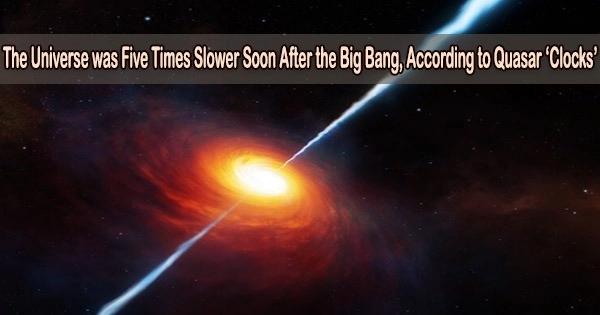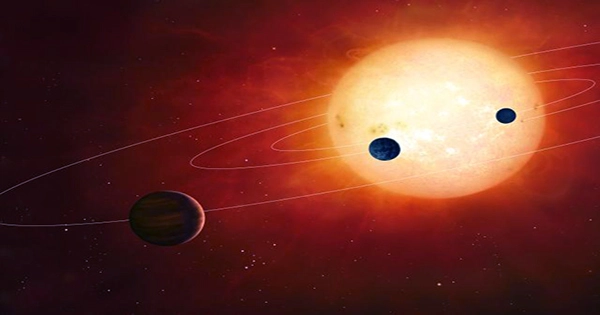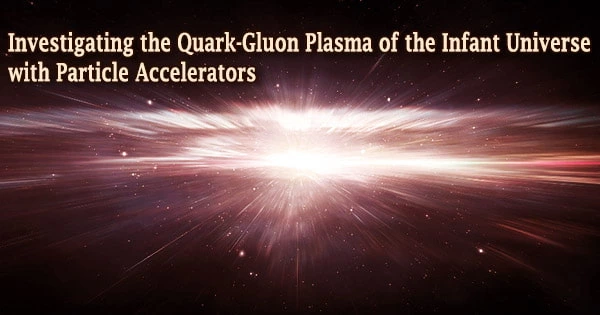One of the riddles of Einstein’s expanding universe has been solved when scientists for the first time witnessed the early universe growing in extremely slow motion. The study has been released in Nature Astronomy.
According to Einstein’s general theory of relativity, the cosmos in the past should be moving considerably more slowly than it does now. Looking back that far in time has been difficult, though. The mystery has now been solved by scientists utilizing quasars as “clocks.”
“Looking back to a time when the universe was just over a billion years old, we see time appearing to flow five times slower,” said lead author of the study, Professor Geraint Lewis from the School of Physics and Sydney Institute for Astronomy at the University of Sydney.
“If you were there, in this infant universe, one second would seem like one second but from our position, more than 12 billion years into the future, that early time appears to drag.”
In order to study this temporal dilation, Professor Lewis and his University of Auckland associate Dr. Brendon Brewer used observational data from over 200 quasars, hyperactive supermassive black holes located at the nuclei of early galaxies.
Looking back to a time when the universe was just over a billion years old, we see time appearing to flow five times slower. If you were there, in this infant universe, one second would seem like one second but from our position, more than 12 billion years into the future, that early time appears to drag.
Professor Geraint Lewis
“Thanks to Einstein, we know that time and space are intertwined and, since the dawn of time in the singularity of the Big Bang, the universe has been expanding,” Professor Lewis said.
“This expansion of space means that our observations of the early universe should appear to be much slower than time flows today.”
“In this paper, we have established that back to about a billion years after the Big Bang.”
In the past, scientists have used supernovae, enormous exploding stars, and other “standard clocks” to validate this slow-motion universe dating back to roughly half the age of the universe. Supernovae are incredibly bright, yet given the vast distances required to view the early cosmos, it is challenging to observe them.
This time horizon has been rolled back by observing quasars to just a tenth of the age of the universe, proving that the universe appears to accelerate with age.
Professor Lewis said, “Where supernovae act like a single flash of light, making them easier to study, quasars are more complex, like an ongoing firework display.”
“What we have done is unravel this firework display, showing that quasars, too, can be used as standard markers of time for the early universe.”
Professor Lewis worked with astro-statistician Dr. Brewer to examine details of 190 quasars observed over two decades. They were able to uniformly measure the “ticking” of each quasar by combining measurements made in the infrared, red, and green light spectrums. They discovered the universe’s expansion was imprinted on each quasar’s ticking by using Bayesian analysis.
“With these exquisite data, we were able to chart the tick of the quasar clocks, revealing the influence of expanding space,” Professor Lewis said.
These findings support Einstein’s theory of an expanding universe even more, in contrast to earlier research that was unable to detect the time dilation of far-off quasars.
“These earlier studies led people to question whether quasars are truly cosmological objects, or even if the idea of expanding space is correct,” Professor Lewis said.
“With these new data and analysis, however, we’ve been able to find the elusive tick of the quasars and they behave just as Einstein’s relativity predicts,” he said.
















